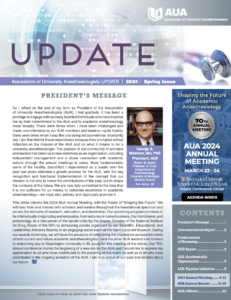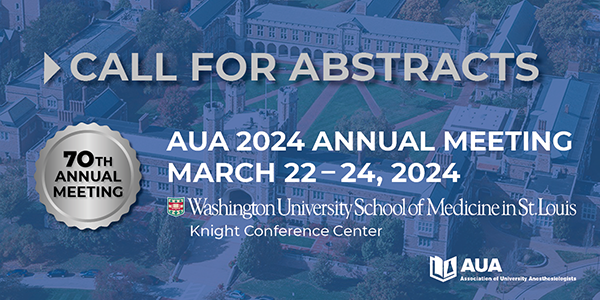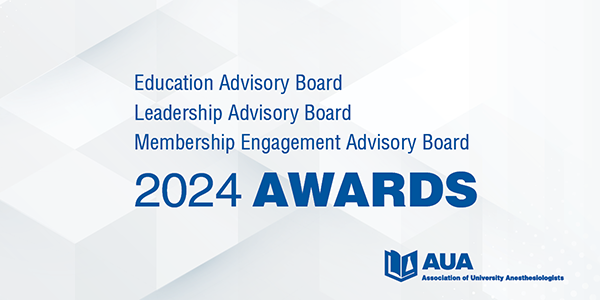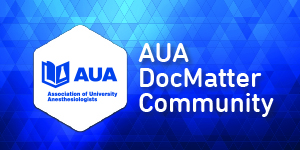Updates to the ERAS Match Process for Anesthesiology Applications
Over the past decade, the average number of applications to Anesthesiology residency programs has climbed to over 65 applications per applicant and over 1400 applications per program. This increase in application numbers has not improved match rates and resulted in application congestion. As a result, programs may filter applications using metrics (such as USMLE Step Scores, clerkship grades, and reputation of medical schools) that may not identify the best residents for their program. A more transparent, equitable, and reliable system for communicating applicant preferences to residency programs is critical.
Supplemental ERAS Application
In 2020, together with a variety of specialties, programs, medical schools, and advisors, the AAMC developed the supplemental ERAS application. The supplemental application helps applicants share more details about themselves, their experiences, and their preferences with programs in a structured manner. The goal is to encourage holistic review, improve the overall application screening process, and identify applicants whose genuine interest and characteristics align with a program. Anesthesiology as a specialty joined the ERAS supplemental application program in the second year of the pilot in the 2022-2023 application cycle.
Three New Elements Introduced to ERAS Application
The supplemental application introduced 3 new elements to the ERAS application: program signaling, geographic preference signaling, and identification of meaningful and impactful experiences. Program signaling is a system where applicants can indicate their genuine interest in a program at the time of application. All applicants within a given specialty receive the same number of program signals. Programs can use the signals to discern which applicants are sincerely interested in their program, thus allowing interested applicants to stand out. In the 2022-2023 cycle, Anesthesiology applicants were allowed 5 program signals. In addition to these signals, applicants were given further opportunity to identify their preferences using geographic preference signaling. Each applicant could identify up to 3 (out of a total of 9) geographic divisions identified by the U.S. Census Bureau that they would prefer to receive residency training. Applicants could opt to select geographic preferences, abstain from answering, or indicate that they did not have a geographic preference. The experiences section of the supplemental application was designed to highlight experiences that the applicant finds particularly meaningful or impactful in their application. Applicants are allowed to identify up to 5 experiences that are most important to their development and goals and briefly describe why.
Tiered Signaling
After review of the data and feedback regarding the ERAS supplemental application from applicants, programs, and advisors across 16 different specialties in the 2022-2023 cycle, the supplemental application will be integrated into the main ERAS application for the 2023-2024 application cycle. For the upcoming application year, the AACPD (Association of Anesthesiology Core Program Directors) Council utilized feedback and data from the 2022-2023 cycle to change the program signaling. In 2022-2023, applicants each received 5 signals of equal weight. Next year, Anesthesiology applicants will be able to send a total of 15 signals: 5 “gold” to indicate highest interest and 10 “silver” to indicate very high interest. This type of tiered signaling was trialed in 2022-2023 with OB/Gyn. Geographic preference signaling will remain an option but will be integrated into the ERAS application. All past experiences in the new ERAS application including research, work, and extracurricular activities will now be limited to 10 total (as opposed to unlimited previously). There will remain the opportunity to highlight 3 of the 10 experiences as “meaningful experiences” and describe an impactful experience in the updated ERAS application.
Changes in the 2024 ERAS application are meant to showcase applicant characteristics and to give the applicant a reliable and equitable approach to demonstrate true preferences in location as well as sincere interest in specific training programs. Additionally, the changes are meant to drive holistic review of sincerely interested applicants for each training program in hopes of improving a successful match for both applicants and programs within the specialty of Anesthesiology.
Research findings from the implementation of the ERAS supplemental application are available on the ERAS website.
Additional resources may be found here:












